Building a strong brand identity is crucial for international cosmetics companies to succeed in the rapidly growing Chinese market, which is competitive and has ever-changing consumer preferences and unique local sensibilities.
In this blog post, we present key insights into market trends, cultural understanding, branding strategies, and success factors that will not only help you establish a robust presence but also maintain long-term brand loyalty among Chinese consumers.
China Cosmetics Market Overview
The Chinese cosmetics market is highly competitive and attractive for international brands, but success requires understanding consumer behavior, localizing messaging, creating unique selling points, and incorporating social responsibility into brand communications.
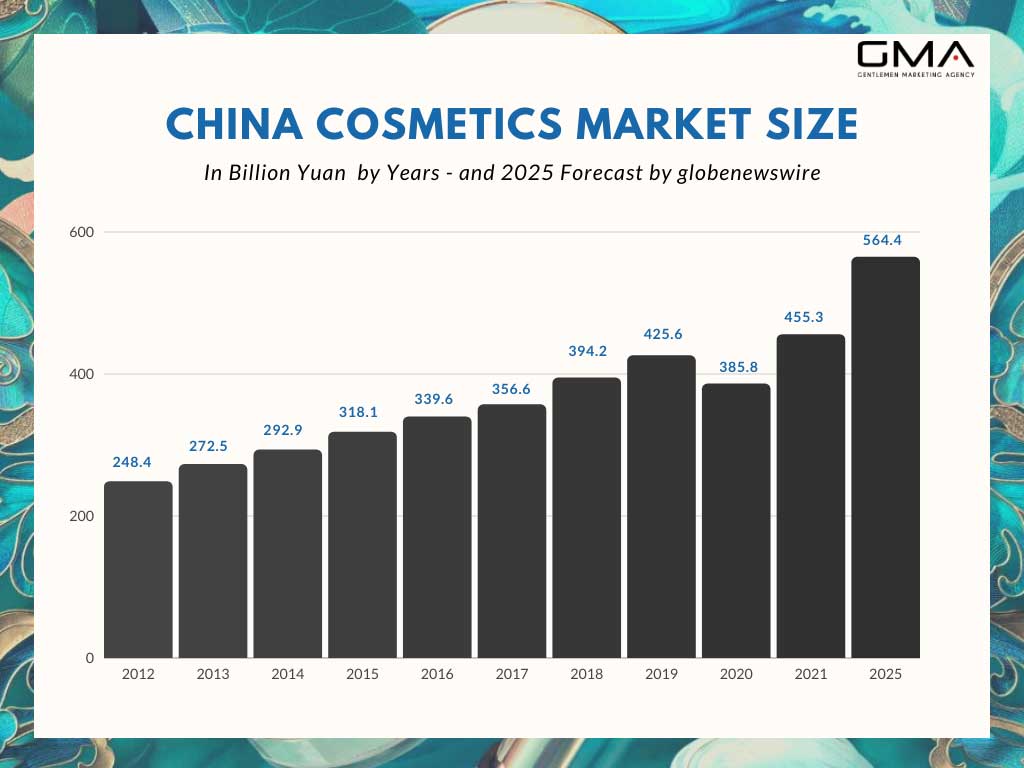
The cosmetics market in China is growing at an annual rate of 9.1%, presenting opportunities for businesses to expand. The growth is driven by Gen-Z and millennial consumers who prioritize skincare and makeup products.
Skincare product sales generated RMB 260.4 billion in 2020, indicating their popularity among Chinese buyers.
Both local companies like L’Oreal Group and international players such as Estée Lauder are already reaping the benefits of this expanding interest.
Key Players And Competition
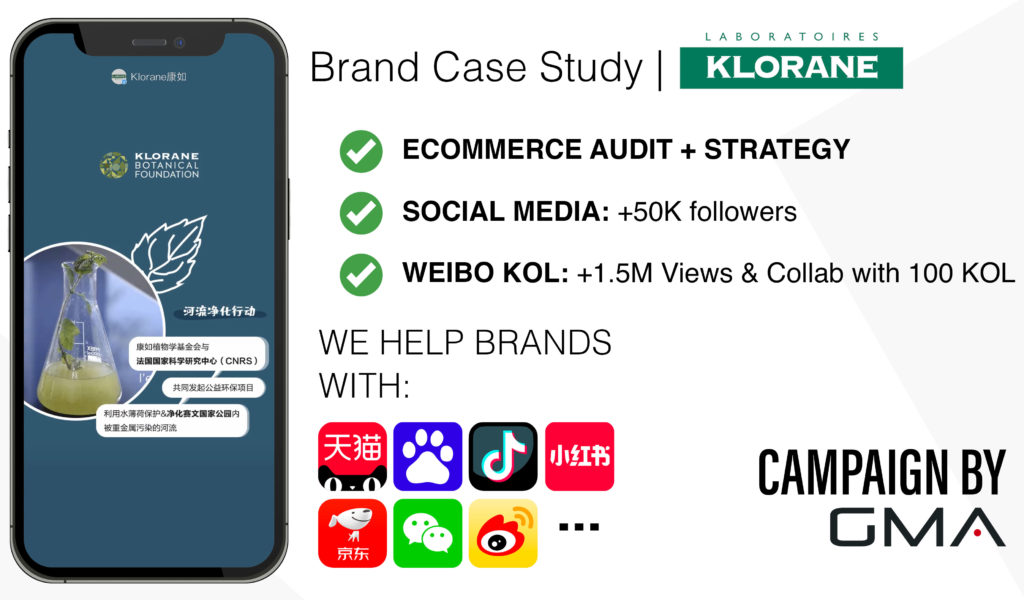
To position a brand for success in the Chinese cosmetics market, it is important to understand both local and international key players.
Prominent domestic contenders include Perfect Diary, Pechoin, Chando, Marie Dalgar, and Herborist, while international giants like L’Oreal, Estée Lauder, Shiseido, and Procter & Gamble have a strong global presence and brand reputation.
Established players in the cosmetics market dominate segments such as skincare and are expanding into emerging niches like male grooming products. Gen-Z customers represent untapped potential for sales growth in this market.
Trends And Consumer Preferences
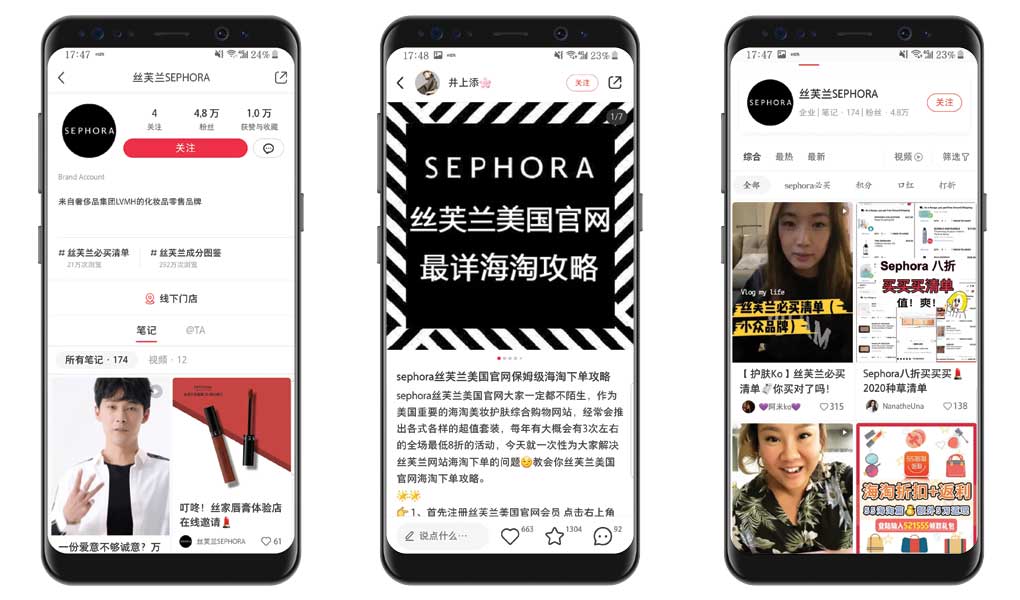
Staying ahead of competitors in China’s cosmetics industry requires understanding the latest trends and consumer preferences.
Increasing demand for skincare solutions from Gen-Z and male consumers is a major development. Luxury skincare and makeup brands are popular among Chinese consumers who invest in premium products with proven results.
Engaging with customers on popular digital platforms like WeChat, Tmall, or Little Red Book is critical as online product reviews shape purchasing behavior.
Another notable trend emerging within the Chinese cosmetics market is that consumers want grooming products that are clean and purposeful, and not just for looks.

Cultural Understanding
Chinese consumers have unique beauty standards and preferences, so it’s important for cosmetics brands to localize their messaging and visuals to appeal to this market.
Chinese Consumer Behavior And Beauty Standards
Understanding the unique behavior of Chinese consumers is crucial in the skincare and beauty industry, as beauty standards in China are heavily influenced by cultural factors like Confucianism, Taoism, and traditional Chinese medicine.
For example, having fair skin is considered attractive because it represents purity and wealth.
It’s also worth noting that Chinese consumers tend to prefer luxury skincare and makeup brands. This could be attributed to their desire for status symbol products and a belief that higher-priced items are more effective.

Localization Of Brand Messaging And Visuals
To succeed in the Chinese market, brands must localize their messaging and visuals to resonate with the interests and values of Chinese consumers.
For example, authenticity is highly valued, and incorporating popular local ingredients like ginseng or pearl powder into product formulations or packaging design can help generate interest and appeal to customers looking for tailored products.

Brand Positioning And Differentiation
Defining a brand positioning in China is crucial for brands to differentiate themselves in a crowded market. This can be achieved by identifying unique selling points (USPs) and creating a brand story that resonates with local culture.
Defining Brand Positioning In The Chinese Market
To define brand positioning in the Chinese market, it is important to understand the Chinese consumer and create an emotional connection with them.
Local brands like Perfect Diary have used social media to promote their high-quality yet affordable products, while international brands like L’Oreal have emphasized sustainability to appeal to socially-conscious consumers.
Unique Selling Points (USPs)
To stand out in the competitive Chinese market, it is important to have a clear and compelling USP that is based on what makes a brand or product uniquely valuable to customers.
This can be achieved by highlighting features or benefits that are set apart from other brands and align with consumer preferences in China, such as unique ingredients, innovative technology, or sustainable practices.
Consistently communicating a USP through all aspects of branding, including messaging, packaging design, and marketing campaigns, is crucial for attracting and retaining customers.
Focusing on delivering consistent quality helps retain existing customers and encourages new customers to try the products.
Creating A Resonating Brand Story

Brand storytelling is crucial in the competitive cosmetics market in China. It is important to create a brand story that connects emotionally with the target audience
For instance, Chinese consumers prefer products that highlight individualism and self-expression. Brands can create stories that empower people to express themselves through skincare and makeup, while also promoting sustainability.
Visual Identity And Packaging Design
Creating a visually appealing brand logo and packaging is important to catch the attention of Chinese consumers while incorporating cultural elements can further enhance brand identity.
Designing A Visually Appealing Brand Logo And Packaging
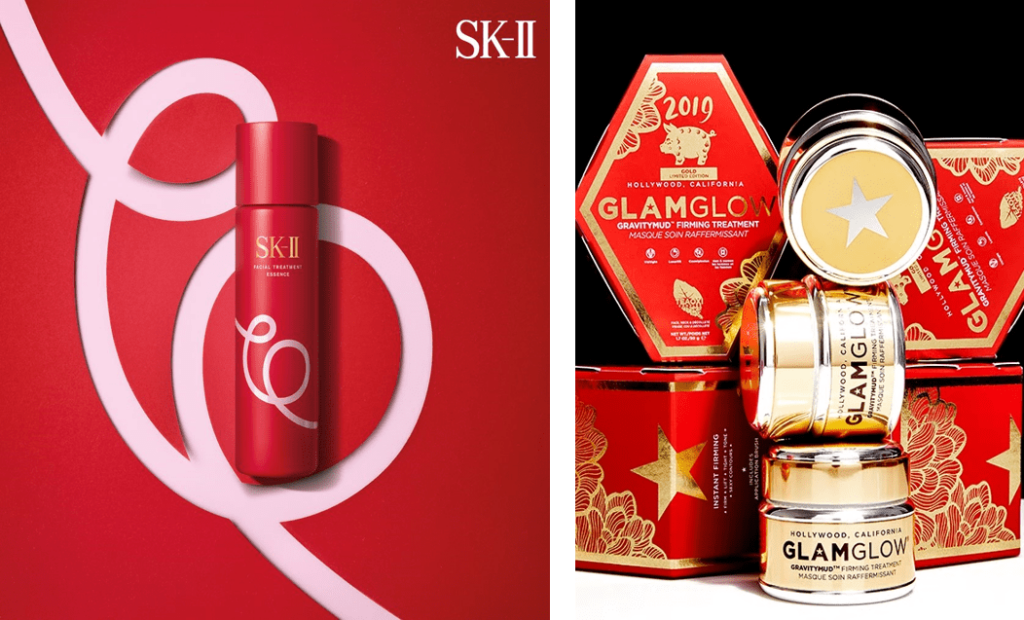
Designing a visually appealing brand logo and packaging that reflects the brand identity and cultural significance beyond visual appeal is crucial.
This can be achieved by creating a unique visual identity that includes a memorable logo, color palette, typography, and imagery. To do this, it is important to research the preferences and needs of the target audience while considering cultural significance.
It is important that all packaging elements work together harmoniously to communicate the brand’s story.
Incorporating Chinese Cultural Elements
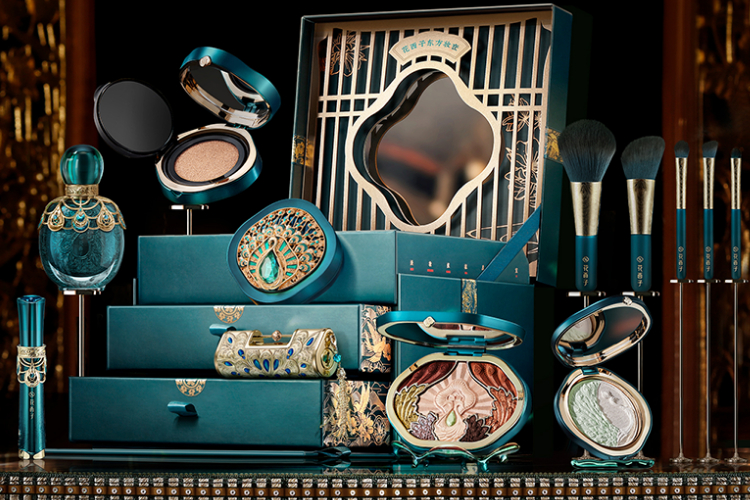
To succeed in the Chinese cosmetics market, it is crucial to understand cultural nuances and incorporate them into brand identity and packaging design. This includes using bright colors, which are favored in Chinese culture, to capture customer attention.
Florasis is an example of a brand that effectively incorporates traditional elements of Chinese cultural heritage into its products through the use of artists’ designs in its packaging.
By doing so, they establish an emotional connection with consumers and differentiate themselves from competitors.
The result has been highly effective as Chinese consumers connect better with brands that embrace their culture while still providing high-quality products.
Digital Marketing And Online Presence
Leveraging Chinese Digital Platforms
It is essential to leverage Chinese digital platforms to build a strong cosmetics brand identity in China. Here are some ways to achieve this:
- Establishing an online presence on major e-commerce platforms such as Tmall, JD.com, and Taobao.
- Investing in social media marketing by creating engaging content on popular platforms such as WeChat, Weibo, and Douyin.
- Utilizing search engine optimization (SEO) techniques to improve visibility on Baidu, China’s leading search engine.
- Leveraging the power of influencer marketing by partnering with key opinion leaders (KOLs) who have a large following on social media.
- Creating innovative digital experiences such as live-stream shopping events and virtual try-on tools to engage tech-savvy consumers.
By effectively leveraging these digital platforms, cosmetics brands can increase their reach and create long-lasting brand value in China’s competitive market.
Engaging Content And Influencer Marketing
To build a strong brand identity in the fast-paced digital world of China’s cosmetics industry, creating engaging content and leveraging influencer marketing is crucial.
High-quality visual content that resonates with the target audience can evoke positive emotions and build trust.
Influencer marketing is advantageous as it allows brands to tap into personal connections between influencers and their followers, making their recommendations more influential than traditional advertising messages.
To make the most of influencer campaigns, companies should select influencers whose values match their own, create persuasive messaging that addresses consumers’ concerns, and use analytics tools to track campaign performance and improve ROI.
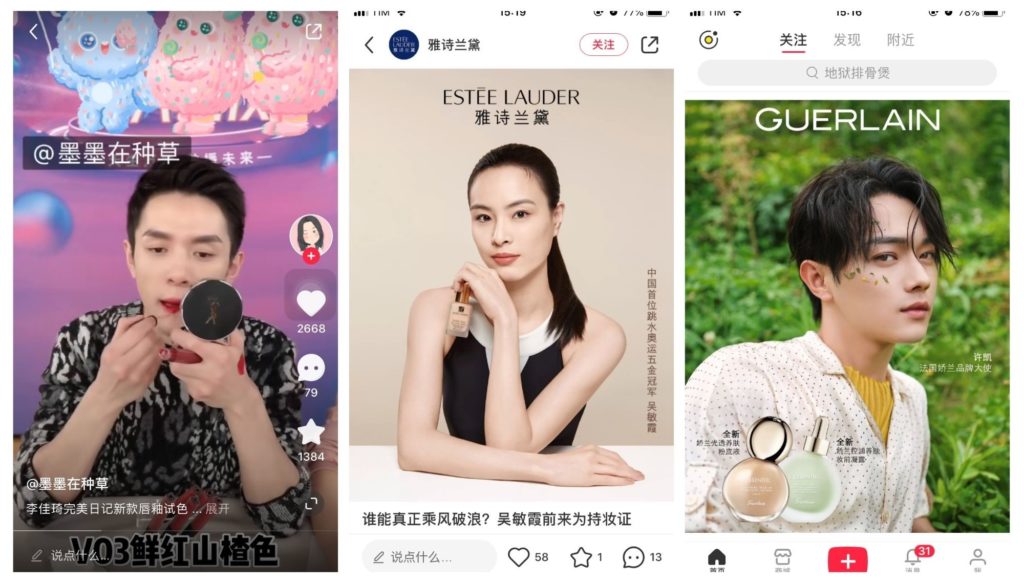
Live-streaming And User-generated Content
Live-streaming and user-generated content are powerful tools for building a strong cosmetics brand identity in China.
Livestream e-commerce, which combines video with online shopping, is a popular business model that allows influencers to engage consumers and showcase product demonstrations. By leveraging the popularity of video content and influencers, brands can effectively engage consumers and build a strong brand identity in China.
Livestreaming and user-generated content are effective tools for building brand authenticity, trust, and loyalty in the Chinese market.
Livestreaming provides an unfiltered view of the brand, while user-generated content allows customers to share their experiences on social media platforms.
These tools are essential for foreign brands looking to establish a strong presence in China.
Offline Branding And Retail Experience
Establishing a physical brand presence is a must for building a strong cosmetics brand identity in China.
Establishing a Physical Brand Presence
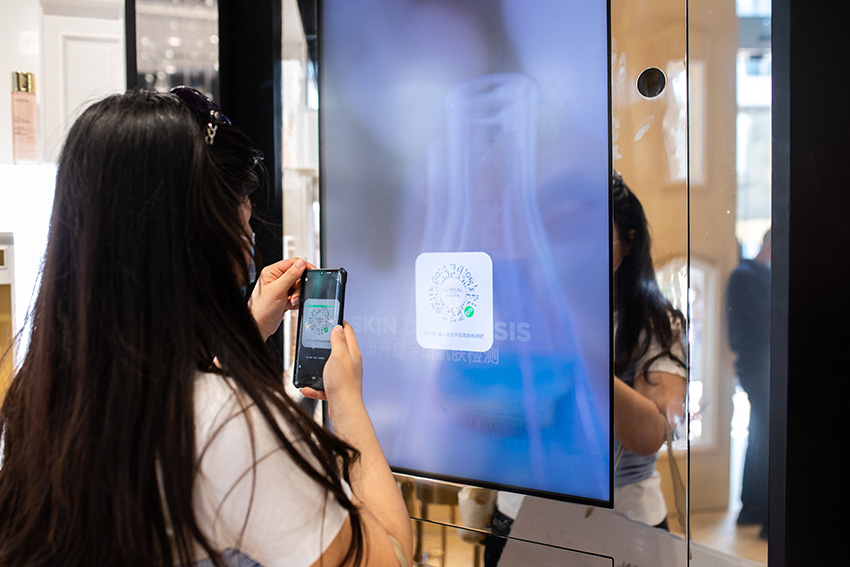
To establish a strong cosmetics brand identity in China, it’s advisable to have a physical brand presence through offline branding and immersive retail experiences. Chinese consumers value the in-store experience and engage in experiential shopping, influenced by trends like “retailtainment.”
Brands must create immersive experiences that showcase their products’ quality and unique selling points to make an emotional connection with customers.
For instance, L’Oreal opened its flagship store in Shanghai, where they offer consultations and personalized product recommendations based on skin type using AI technology.
Nike China offers an omnichannel experience that combines the digital and physical worlds; customers can try on shoes using virtual reality before purchasing them online or at one of their stores.
Brand Communication And PR Strategies
Developing a comprehensive PR and communication strategy is crucial to maintaining a positive brand image in China; engaging with media and KOLs can help build credibility and trust among consumers.
Developing A Comprehensive PR And Communication Strategy
To create a strong cosmetics brand identity in China, a comprehensive PR and communication strategy is necessary.
This includes researching the target audience and competitors, utilizing paid and earned media, building a brand community through engaging content and social media interactions, incorporating cultural elements, leveraging local digital platforms, and engaging with media outlets and KOLs.
By developing a comprehensive PR and communication strategy, brands can increase sales, reputation, and loyalty among Chinese consumers.
Engaging With Media And KOLs
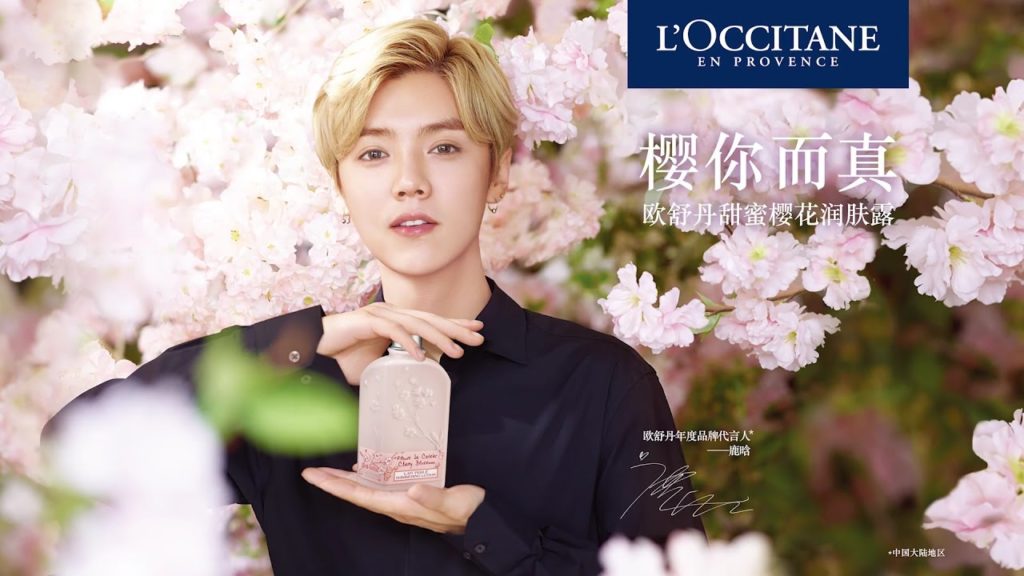
Engaging with media and key opinion leaders (KOLs) is an effective way to build a strong cosmetics brand identity in China.
KOLs have a significant impact on Chinese consumer behavior, and their recommendations and reviews often drive sales. Brands can improve their credibility, build their brand image, and increase visibility by working with KOLs.
To optimize visibility and engagement, brands must maximize their communication via influencers and leverage social media platforms such as WeChat, Weibo, Douyin, and Little Red Book.
Creating engaging content for social media platforms can be shared by KOLs to enhance reach. For instance, L’Oreal partnered with KOL Austin Li Jiaqi for live streaming sessions, resulting in 15 million viewers tuning in, as part of their Double 11 campaign.
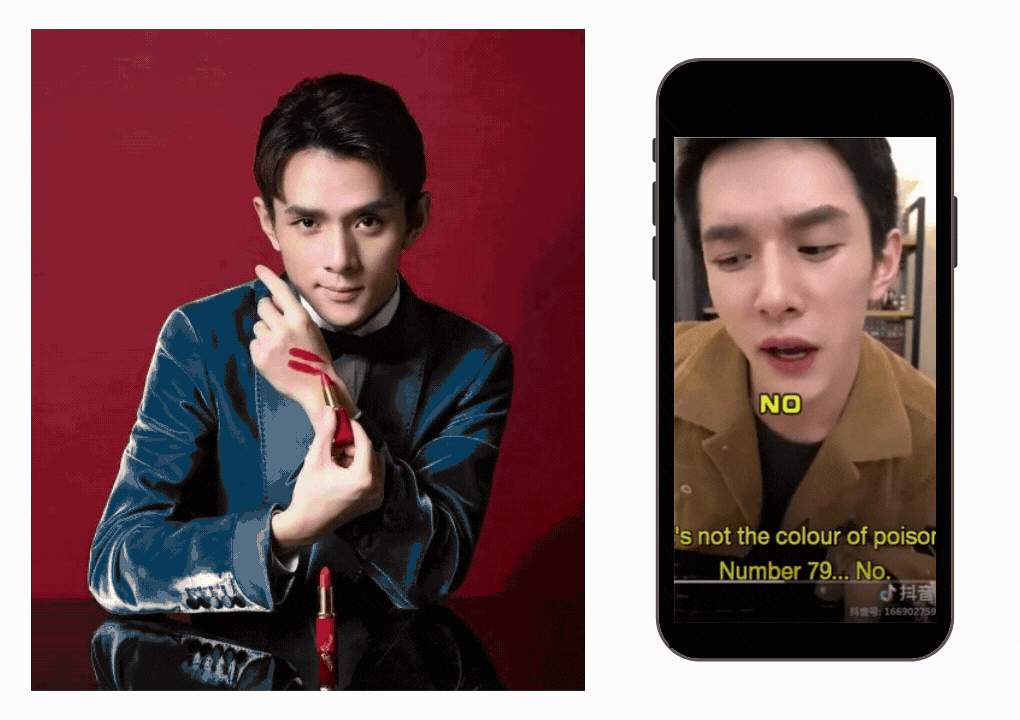
Examples Of Successful Cosmetics Brands In China
It is crucial to understand examples of successful cosmetics brands in China. Here are some notable ones to consider:
- Pechoin – A domestic skincare brand that has been around for over 80 years and is one of the top-selling brands in China.
- L’Oreal – The multinational cosmetic giant has successfully integrated into the Chinese market and is considered one of the most popular international brands.
- Estée Lauder – Another international brand that has become a household name in China, with popular products such as their Advanced Night Repair Serum.
- Perfect Diary – A relatively new domestic makeup brand that quickly gained popularity through influencer marketing and unique packaging design.
- Sulwhasoo – A Korean skincare brand that has seen great success in China by emphasizing traditional Korean herbal ingredients in their products.
- Shiseido – A Japanese beauty company that has been in China for over 30 years and has established itself as a trusted high-end brand.

We can help you to build a strong Cosmetics Brand Identity in China
To succeed in China’s competitive cosmetics market, brands need to build a strong brand identity that resonates with Chinese consumers. This involves understanding their behavior and beauty standards, creating visually appealing packaging with cultural elements, and investing in immersive retail experiences.
Incorporating social responsibility into the brand identity can also create a meaningful connection with customers.
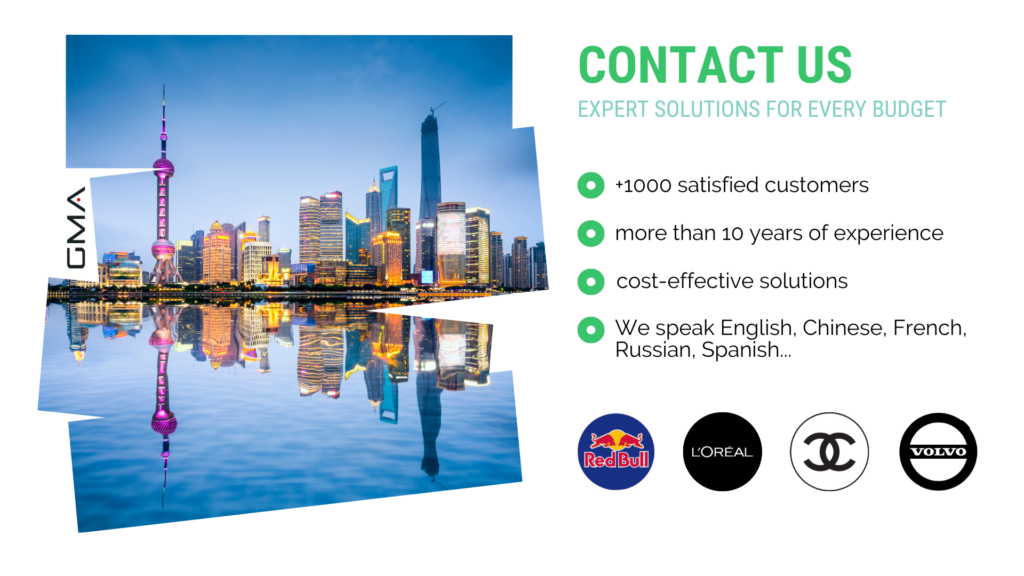
Over more than 10 years we worked with many different beauty companies on different marketing strategies. Our team of Chinese and foreign experts has the experience and know-how needed to succeed in the Chinese market. Now it’s time for you!


